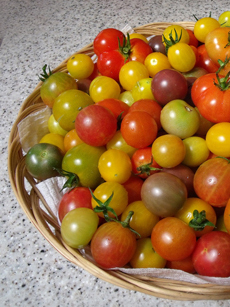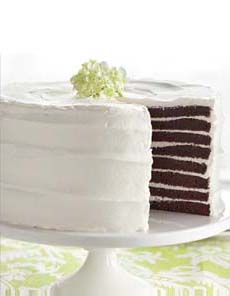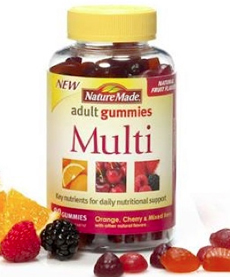|
What’s an apéritif? How does it differ from a digestif?
An apéritif is an alcoholic drink taken before a meal to stimulate the appetite. It is usually dry and low in alcohol. Some people have a cocktail (a mixed drink), but many modern cocktails are considered by gastronomes to be too heavy or too sweet for pre-dinner. (A gin or vodka Martini, however, is just right.)
If you enjoy a before-dinner drink, consider reviving the elegant custom of apéritif wines. There’s quite a selection, and you can turn it into a monthly or quarterly gathering. Instead of a cocktail party, have an apéritif party, with two or three choices each time.
APÉRITIF WINES
Campari, a ruby red Italian fortified wine, is often mixed with soda to dilute the bitterness.
Dubonnet, from France, is available in Blanc and Rouge varieties, made from red or white wine fortified with brandy.
Lillet, another French wine, is blended from red or white Bordeaux wines and liqueurs made mostly from the peels of sweet and bitter green oranges. (Lillet Blanc is one of our favorite aperitifs.)
Pernod and Ricard are two of the better-known anise-based aperitifs. Licorice lovers: Try them!
Pineau des Charentes, a fortified wine from the Charente region of France. It is made from lightly fermented grape must blended with Cognac eau-de-vie. Fans call it “Pineau” for short.
|
|

A classic apéritif for centuries: a glass of sherry. Here, amontillado with a side of olives. Photo by Matt Saunders | Wikimedia. |
|
|

Red vermouth with a twist. Red vermouth is
sweeter than white vermouth, but still a
good apéritif wine. Photo courtesy
Buzzle.com. |
|
Sherry is a fortified wine made from Spanish white grapes, which are fermented and fortified with grape spirit to increase their alcohol content. There are eight different varieties, from dry to sweet. The dry varieties (amontillado, fino, oloroso, manzanillo, palo cortado) are used as apéritifs.
Vermouth is an aromatized, fortified wine flavored with various botanicals—a proprietary blend of barks, flowers, herbs, roots, seeds, spices. They can include, among others, cardamom, cinnamon, cloves, fennel, ginger, lemon balm, nutmeg, orange peel, sage, star anise, vanilla…and wormwood, the base ingredient of absinthe.
WHAT ABOUT DIGESTIFS?
A digestif is the opposite of an apéritif: an alcoholic beverage served after a meal to stimulate digestion (that’s the theory*). Examples include:
Amari (Averna Cynar, Fernet) and bitters (Becherovka, Underberg)
Brandy (including Alambric, Armagnac, Calvados, Cognac)
|
|
Cream sherry
Dessert cocktails (Black Russian, Brandy Alexander, Irish Coffee, Mudslide)
Eaux de vie (fruit brandies) and grappa (pomace brandy)
Port
Sweet liqueurs (Drambuie, cream liqueurs, Grand Marnier, Kahlua, Limoncello the many, many others)
Whiskey and other distilled liquors (akavit, ouzo, tequila, etc.)
Much as we love all of these, we’re usually far to full after dinner to consider a digestif. If we could only give up dessert….
*Digestifs have not been found scientifically to help with digestion. People feel that they do because the alcohol in the stomach initially widens the blood vessels, generating a positive feeling. But then, the alcohol starts competing with the food to be digested. So in reality, it hinders digestion instead of facilitating it. Instead of a digestif, take a slow stroll around the block—avoid anything too active like jogging or a treadmill. This motion of the body is the best way to stimulate digestion. Another suggestion: a few drops of bitters in a short glass of water may help to alleviate that stuffed feeling.
|
|








